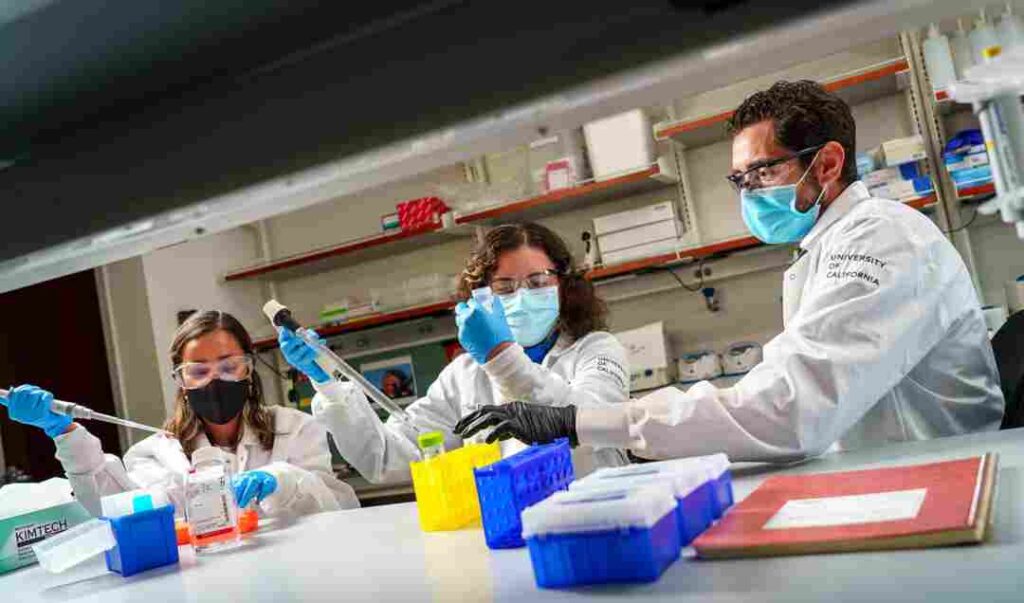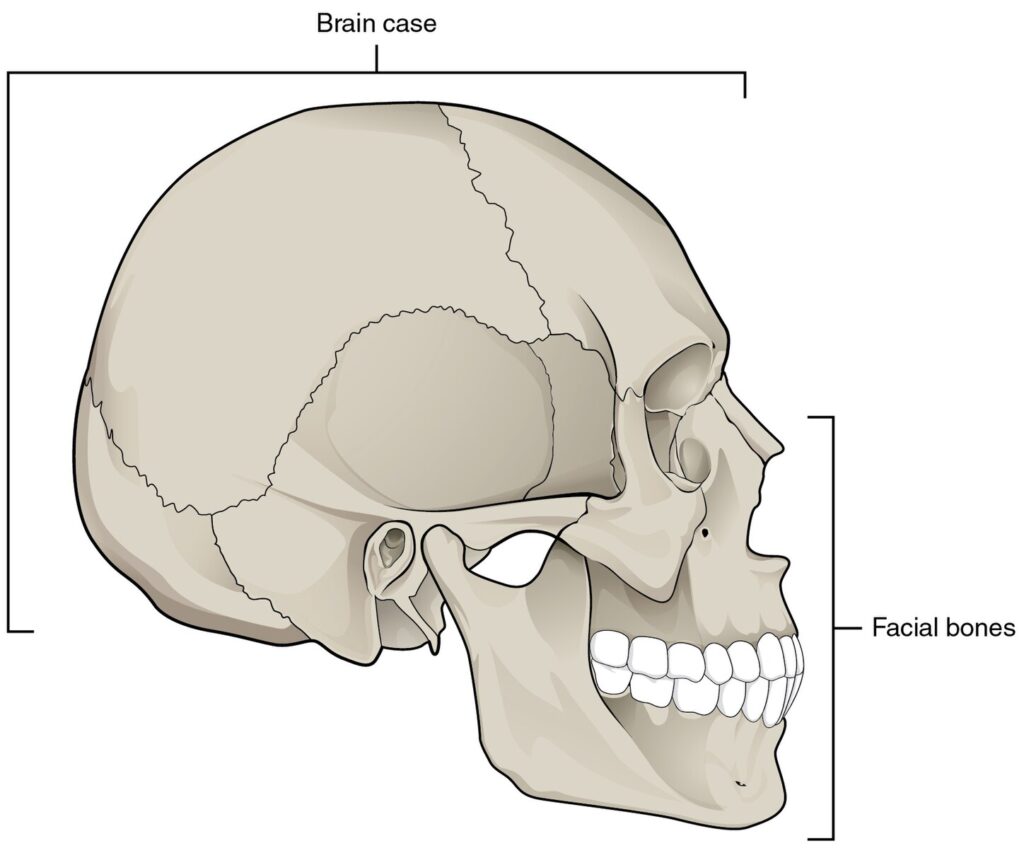Now Reading: DNA Identification in compromised samples
-
01
DNA Identification in compromised samples
DNA Identification in compromised samples
As we know that the step of evidence collection is very important and critical for the analysis done by forensic experts because depending on the results the right person will be prosecuted under the court of law or can be identified. When it comes to DNA, it is a powerful tool because no two people have the same DNA except identical twins. There are 2 ways in which DNA generally used to solve crime-
In cases where a suspect is successfully identified, then that person’s DNA sample can be compared to the evidences recovered from the crime scene. With the help of this comparison and its it may establish whether the person committed the crime.
In cases where a suspect is not being identified, all the biological evidences recovered from the crime scene can be analyzed and then can be compared to offender profiles in uploaded in the DNA databases which will help in the identification of the perpetrator. Evidences form the crime scene can be linked to other crime scene with the help of these DNA database(Justice, n.d.).
Therefore, with the help of DNA evidence linking or elimination of any suspect from suspicion can be done. But the effective use of DNA evidence may also require the proper collection and analysis of samples which are not degraded or tempered with, to determine the exact source of the DNA (NCJRS.gov, n.d.). The various source of DNA includes the biological material like blood, semen, saliva, feces, hair, teeth, bones, tissues and cells. There are two types of DNA samples which are being used the victim’s or suspects DNA profile from the recovered crime scene DNA and they are(DNA Evidence, n.d.)-
Reference Sample- these are basically known samples and are always collected from the person of interest unless they choose not to co-operate with the investigation; in that case court order might be required.
Elimination samples- In addition to unknown and reference samples these samples are also collected from the person such as first responders, crime scene personnel and analysts working on the case so they can be excluded from the case.
Before the analysis, DNA samples undergo different processes like- Extraction, Quantitation, Amplification, Separation, Analysis & Interpretation and Quality Assurance to get the proper desired results. Till here everything seems easy, but there are so many problems associated with the analysis of DNA evidence as well. For example, most of the time due to improper handling of evidences DNA can be degraded or get tempered, thereby losing its authenticity. Highly degraded DNA samples are encountered in mass disasters, missing person’s cases and forensic works. If the samples degrade, DNA becomes progressively more fragmented and profile cannot be obtained. Thus profile obtained by this fragmented DNA will be called as partial profile. By having some of the chemical modification in the DNA the successful typing of highly degraded DNA can be further complicated. These type of highly damaged DNA generally produce incomplete or no STR profiles so in this case alternate genotyping strategies which include mini STRs and SNPs have proven to be more successful. In many of the cases where DNA sample is very damaged with the help of which any person’s profile cannot be obtained then Mitochondrial DNA (mtDNA) has been relied on to generate a victim’s profile but the discriminatory power provided by mtDNA profile is relatively low compared to that generated by analyzing nuclear DNA (nDNA). Therefore, scientists usually focus on the analyzing nuclear DNA.
Forms of DNA damage include- Oxidation, Hydrolysis, pyrimidines dimer, cytosine deamination and DNA-DNA and DNA- protein cross linkages(Hughes-Stamm, 2013).
Techniques which are used in the identification of DNA from compromised (degraded or damaged) samples are mentioned as follows-
mini- STR loci- There are various papers published showing the recovery of the genetic information from highly degraded biological samples proving that ‘mini-STR’ technology to be remarkable and useful for its ability to decrease the inconclusive results and failure rates in the forensic casework. As PCR inhibitors or extremely fragmented DNA typically produces partial profiles scientist agree about this fact that recovery of genetic information from these difficult samples needs special approaches. Thus, the best approach found was to improve the PCR efficiency by generating shorter amplicons which are called as “mini-STRs” which are produced by the amplification of smaller fragments of STR (Wiegand & Kleiber, 2001) . With the help of these markers identity and DNA profile can be obtained even in the presence of PCR inhibitors or degraded DNA samples and also with small amount of DNA sample(Senge et al., 2011) (Graham, 2006).
SNPs- stands for Single Nucleotide Polymorphism. These markers are basically base substitutions, insertions or deletions that occur at single position in the genome of any organism and also a good replacement of conventional STR techniques. These markers offer promise to support forensic DNA analysis because of abundance of potential markers, reduction in required fragment length and as small target region is needed, information from degraded DNA samples is theoretically possible. Also these markers possess 100 thousand times lower mutation rate than STR thus are more stable and are very useful in parentage testing and kinship testing done in mass disaster victim identification. These markers play a useful role in niche applications such as mtDNA, Y-SNPs, AIMs (ancestry informative markers), prediction of phenotyping traits and other potential forensic casework applications(Butler et al., 2007)(Budowle & Angela van Daal, n.d.).
Massive Parallel Sequencing- it is any of several high-throughput approaches to DNA sequencing. It is also called as Next-Generation Sequencing(Massive Parallel Sequencing, n.d.). It has the potential to assist forensic DNA in cases involving human identification, kinship and ancestral origin at a faster pace and cheaper cost. Basically this technique tends to give more genetic information of DNA evidence than ever before. It works critically to solve missing person’s cases or in the mass disaster situations where there are large number of deaths happened. It has also potential some of the biggest challenges faced by forensic scientists like working with degraded DNA samples or when there are samples which are tempered containing DNA from different contributors (Insider, n.d.). This technique has proven to maintains high quality standards of reproducibility and also produces reliable results. The capacity of Massively Parallel Sequencing permits the simultaneous analysis of much larger numbers of markers compared with capillary electrophoresis based techniques. This technique gives the opportunity to solve identification cases that earlier have been considered difficult (Tillmar et al., 2019).
References
Budowle, B., & Angela van Daal. (n.d.). Forensically relevnt SNP classes. Future Science BIOTECHNIQUES, 44, NO-5. https://doi.org/https://doi.org/10.2144/000112806
Butler, J. M., Coble, M. D., & Vallone, P. M. (2007). STRs vs. SNPs: Thoughts on the future of forensic DNA testing. Forensic Science, Medicine, and Pathology, 3(3), 200–205. https://doi.org/10.1007/s12024-007-0018-1
DNA evidence. (n.d.). Forensicsciencesimplified. http://www.forensicsciencesimplified.org/dna/how.html
Graham, E. A. M. (2006). Pathological findings of a fatal leopard seal attack. Forensic Science, Medicine, and Pathology, 2(3), 203–207. https://doi.org/10.1385/Forensic
Hughes-Stamm, S. (2013). DNA Typing Methods for Highly Degraded Samples. file:///C:/Users/Ragini Pandey/Downloads/DNA_Typing_Methods_for_Highly_Degraded_Samples.pdf
Insider, B. (n.d.). MPS vs. NGS: What’s the Difference. https://inside.battelle.org/blog-details/mps-vs.-ngs-what’s-the-difference
Justice, U. . D. of. (n.d.). Advancing Justice through DNA technology: Using DNA to protect Innocent. https://www.justice.gov/archives/ag/advancing-justice-through-dna-technology-using-dna-protect-innocent
Massive Parallel Sequencing. (n.d.). https://en.wikipedia.org/wiki/Massive_parallel_sequencing
NCJRS.gov. (n.d.). No Title. https://www.ncjrs.gov/pdffiles1/nij/bc000657.pdf
Senge, T., Madea, B., Junge, A., Rothschild, M. A., & Schneider, P. M. (2011). STRs, mini STRs and SNPs – A comparative study for typing degraded DNA. Legal Medicine, 13(2), 68–74. https://doi.org/10.1016/j.legalmed.2010.12.001
Tillmar, A., Grandell, I., & Montelius, K. (2019). DNA identification of compromised samples with massive parallel sequencing. Forensic Sciences Research, 4(4), 331–336. https://doi.org/10.1080/20961790.2018.1509186
Wiegand, P., & Kleiber, M. (2001). Less is more – Length reduction of STR amplicons using redesigned primers. In International Journal of Legal Medicine (Vol. 114, Issues 4–5, pp. 285–287). https://doi.org/10.1007/s004140000162








